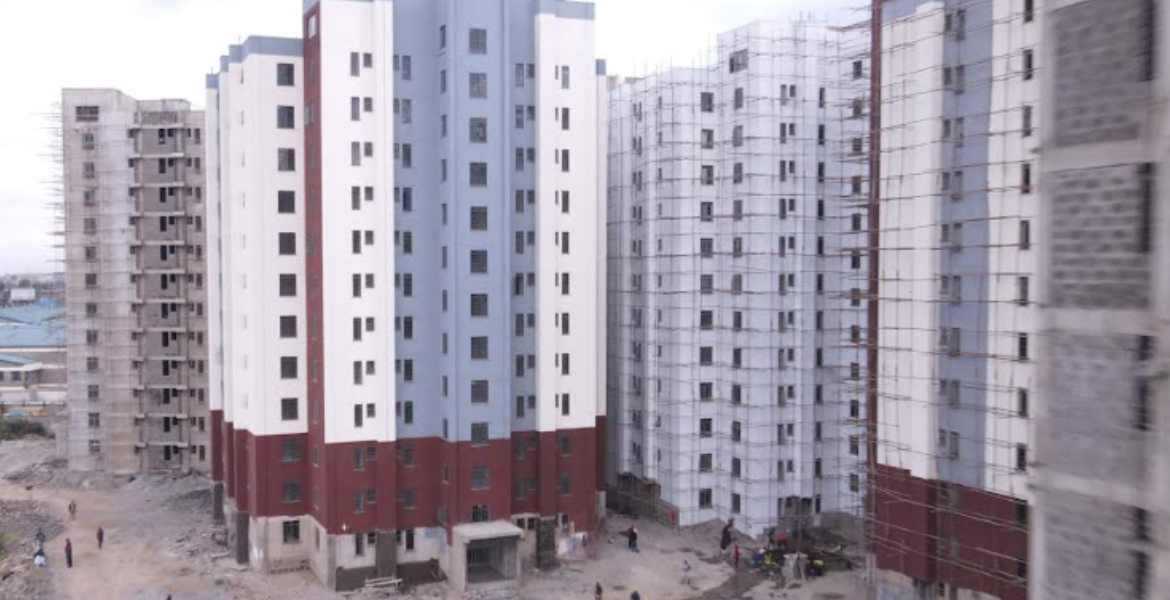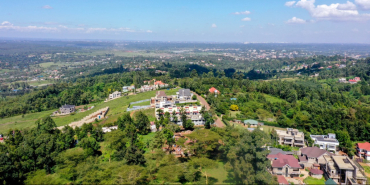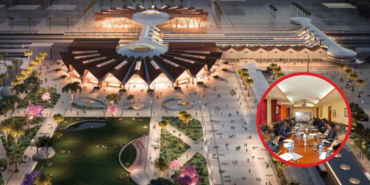Nairobi's Affordable Housing Boom Linked to Rise in Sick Building Syndrome

Nairobi's rapid urbanization and growing youth population have fueled a surge in demand for affordable housing, prompting a shift in the city's real estate landscape.
While developers and investors are increasingly focused on budget-friendly living spaces, concerns are mounting over compromised construction standards and their impact on residents' health. A troubling consequence of cost-cutting measures is the rise of "sick building syndrome," a condition where occupants experience health problems linked to poorly designed and constructed structures.
Infants and individuals with chronic conditions, such as asthma, are particularly vulnerable. Insufficient ventilation, lack of green space, and unregulated building designs that violate Kenya's Physical and Land Use Planning Act are key contributing factors. Experts, including architects and real estate professionals, warn that these oversights pose significant risks to residents' well-being.
Pipeline Estate, originally designated as an industrial zone, exemplifies the challenges arising from improper planning and zoning regulations. The area's transformation into a densely populated residential hub has led to infrastructural strain and hygiene problems. The Architectural Association of Kenya (AAK) notes that such deviations from approved plans perpetuate substandard construction practices.
However, authorities often face political pressures that impede the enforcement of building codes. Beyond the immediate health implications, experts emphasize the long-term economic costs of unsustainable developments. Chris Ochieng', CEO of Gulf Cap Real Estate, points out that developers who ignore sustainable design principles risk lower occupancy rates, as today's homebuyers prioritize well-lit, ventilated spaces that promote health.
Research indicates that renters are willing to pay a premium for buildings with these features. Sustainable developments also offer financial advantages, including access to green bonds with favourable tax incentives and lower interest rates. In response to these challenges, the AAK has introduced a "healthy homes checklist," outlining standards for sustainable construction.
These guidelines recommend maximizing natural lighting and ventilation, avoiding harmful materials like asbestos and lead, and using locally sourced materials. Compliance not only reduces health risks for residents but also enhances energy efficiency, a crucial consideration in Kenya's tropical climate. Professionals stress that strict adherence to building regulations and engagement with qualified experts are essential to safeguarding housing quality.
Alarmingly, an estimated 80 percent of Kenya's buildings are constructed without professional input, often resulting in structures that fail to meet basic health and safety standards. Industry stakeholders are calling for increased oversight by institutions such as the National Construction Authority and frequent site inspections to ensure compliance. While the push for affordable housing is a positive step, it should not come at the expense of quality or residents' health.
Sustainable construction practices offer a pathway to balance affordability with long-term benefits, fostering urban environments that are both livable and economically viable.








Add new comment